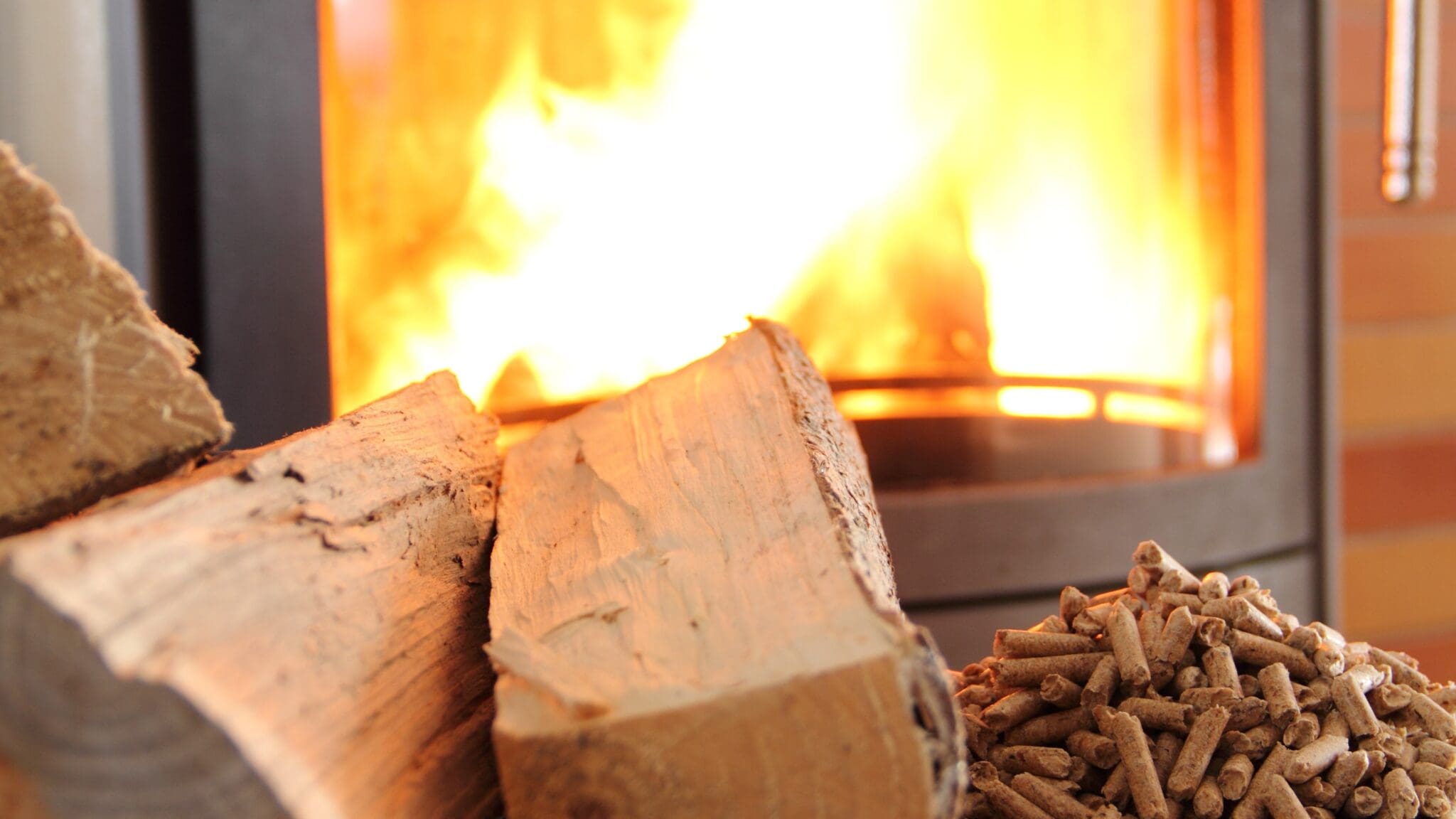Andy Genovese of Hove Wood Burners discusses solid fuel standards.
Andy Genovese of Hove Wood Burners discusses solid fuel standards.

Andy Genovese of Hove Wood Burners discusses solid fuel standards.
Prior to 2022, combustion appliances (wood stoves to you and me) were passed through one and occasionally two national and EU standards. These were CE (the EU’s ‘product passport’ allowing goods to be traded across the single market) and if the appliance met the smoke control legislation, DEFRA approval or exemption.
DEFRA helpfully provides a list of exempt appliances, although devolution has meant this list is UK country specific. The DEFRA standard concerns itself with smoke thickness (particulates) and CO output, but had the virtue of monitoring appliances both at low and high running.
Some appliances are designed to operate efficiently when connected to a 5”/125mm liner/chimney and the standard is policed by local councils – in effect it is not policed at all but promoted by various industry bodies.
CE was blissfully simple, it was a makers’ declaration that the item was fit for purpose and a legal requirement from July 2013. Post-Brexit this standard has become a little confused. The UK Government imposed UKCA as a national (UK-wide) CE equivalent and then hurriedly added UKNI as Northern Ireland is in some senses still in the single market. Recent newspaper reports have suggested all three marks may be allowed to continue alongside each other.
Ecodesign was a landmark, EU wide (adopted by the UK), directive that sets limits on particulates, hydrocarbons, CO and NOx gases produced by wood stoves. It also legislated an improvement on minimum net efficiencies of solid fuel appliances.
It became mandatory, but not retrospective, in January 2022. It had the side effect of virtually killing off ‘wet’ or water heating appliances due to their failure to meet the emissions standards.
Early in 2022 the Stove Industry Association (SIA) launched a classification scheme for Ecodesign appliances noting that customers struggled to identify good from better.
Initially the clearSkies scheme ran from 1 to 5, with 5 being the best. It now runs from 2-5 and may be stretched to 7.
It is probably the scheme with most manufacturer support and has the virtue of allowing you to evaluate an appliance via a single number. Level 5 is currently a 30% improvement above ecodesign limits. The clearSkies website lists approved products with scores.
HETAS launched Cleaner Choice soon after Ecodesign became mandatory. Unlike the SIA’s scheme there are no graduations. An appliance is either Cleaner Choice or it is not. The criteria are 50% better than the Ecodesign limits in the 3 or 5 tested criteria. The standard tests the appliances at both high and low running. HETAS provide a list of approved appliances.
Burley, a UK manufacturer based in Rutland, launched its own classification scheme with two new labels, Ecoexcel and Ecoelite. It has encouraged others to adopt it but at present this is only used by Burley. Ecoexcel is similar to clearSkies 4 and Ecoelite clearSkies 5/Cleaner choice.
None of these classifications or schemes replaces the others. They all run concurrently and are a mixture of mandatory and voluntary obligations, making picking through this blizzard of standards something of a challenge.
Andy Genovese trained in solid fuel in 2010 and has traded as Hove Wood Burners since then. Operating from his premises in Hove, Andy has three part-time employees.
Self-taught, Andy has also trained four other installers and specialised in antique appliances for a while. He mostly operates in and around Brighton and Hove but has worked as far afield as South Wales, Cornwall and Birmingham.
Image credit: Adobe stock image of wood burner with logs and pellets
© 2025 Created by Euromedia Associates Ltd